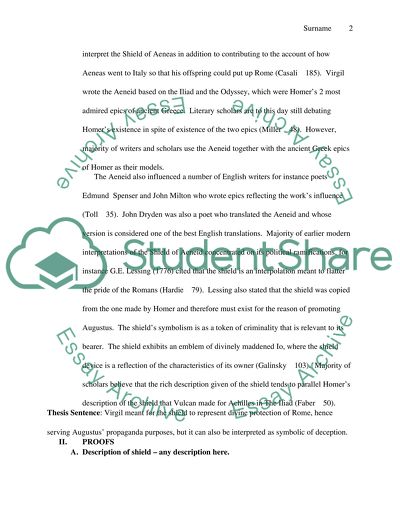Cite this document
(“Unwitting Propaganda in the Shield of Aeneas Research Paper”, n.d.)
Retrieved from https://studentshare.org/literature/1396805-unwitting-propaganda-in-the-shield-of-aeneas
Retrieved from https://studentshare.org/literature/1396805-unwitting-propaganda-in-the-shield-of-aeneas
(Unwitting Propaganda in the Shield of Aeneas Research Paper)
https://studentshare.org/literature/1396805-unwitting-propaganda-in-the-shield-of-aeneas.
https://studentshare.org/literature/1396805-unwitting-propaganda-in-the-shield-of-aeneas.
“Unwitting Propaganda in the Shield of Aeneas Research Paper”, n.d. https://studentshare.org/literature/1396805-unwitting-propaganda-in-the-shield-of-aeneas.


